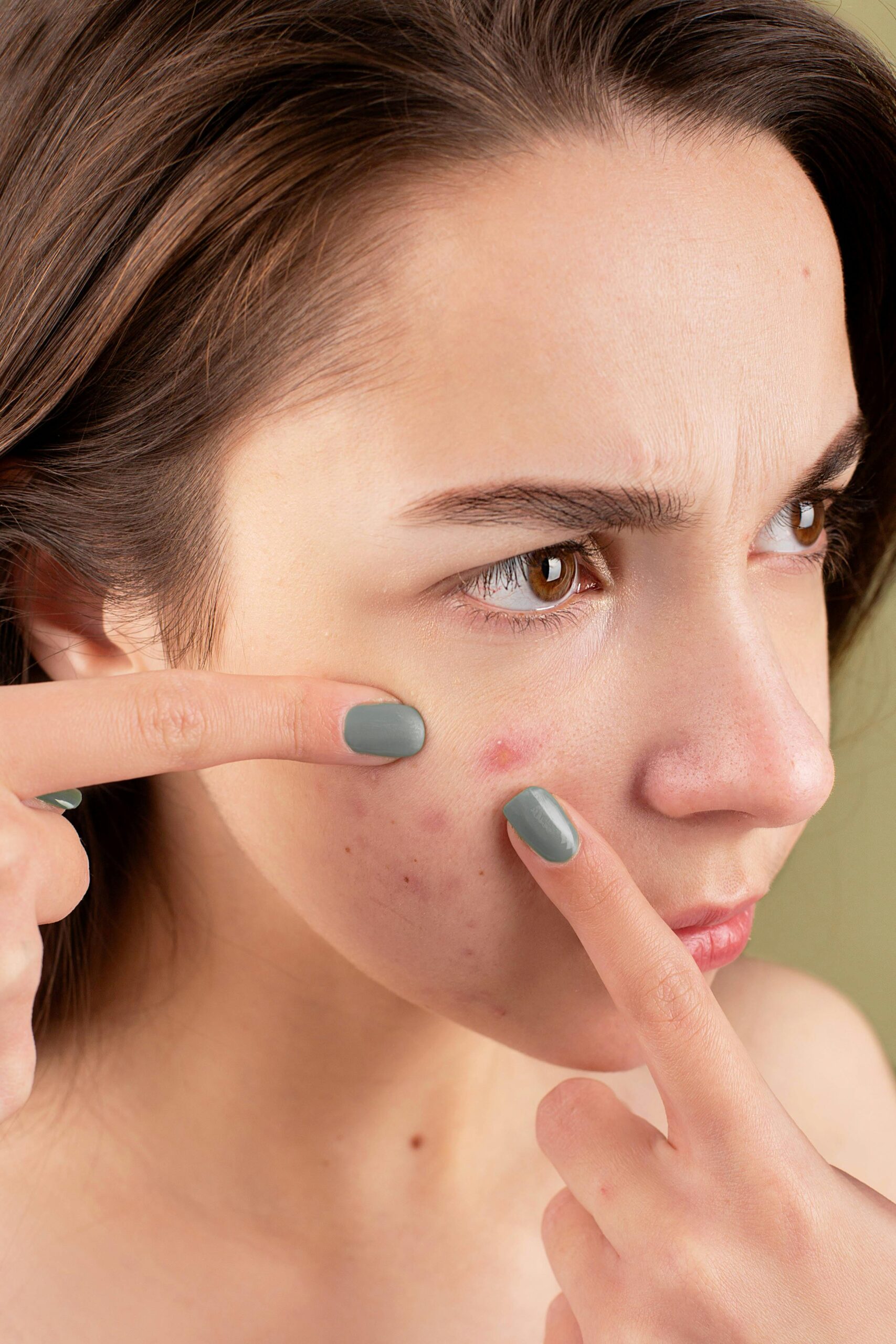Views: 0
Acne can be a pesky and persistent problem, and finding the right solution is crucial for achieving clear and healthy skin. In the Philippines, oral antibiotics have emerged as a popular treatment option for acne. With their ability to combat bacteria and reduce inflammation, these medications have proven highly effective in managing acne outbreaks. From tetracycline to erythromycin, this article will guide you through the top oral antibiotics available in the Philippines, helping you decide which one may work best for you. So say goodbye to those annoying pimples and hello to a clearer complexion with the help of these top oral antibiotics for acne in the Philippines.
Top Oral Antibiotics for Acne in the Philippines
If you’re battling with acne, you’re not alone. Acne is a common skin condition that affects a significant number of people in the Philippines. While various treatment options are available, oral antibiotics have proven effective in combating acne. This article will explore the top oral antibiotics for acne in the Philippines and discuss their benefits and considerations.
Tetracycline
Tetracycline is an antibiotic widely used to treat acne for many years. It works by inhibiting the growth of bacteria, specifically the bacteria responsible for causing acne. Tetracycline is usually taken two to four times a day and should be taken on an empty stomach for maximum effectiveness. It is important to note that tetracycline should not be taken with dairy products or antacids as they can interfere with absorption. Common side effects include gastrointestinal upset and sensitivity to sunlight.
Doxycycline
Doxycycline is another popular oral antibiotic for acne treatment in the Philippines. Like tetracycline, it targets the bacteria contributing to acne formation. Doxycycline is usually taken once or twice daily, with or without food. It is effective against many bacteria and has a longer half-life than tetracycline, making it a convenient treatment option. However, it may cause gastrointestinal distress and increase the skin’s sensitivity to sunlight.

Minocycline
Minocycline is a broad-spectrum antibiotic often prescribed for moderate to severe acne. It works by reducing inflammation and killing the bacteria that contribute to acne. Minocycline is usually taken once or twice daily with food to minimize the risk of stomach upset. While it is generally well-tolerated, side effects can include dizziness, headache, and discoloration of the skin or teeth. It is important to note that long-term use of minocycline can lead to a rare condition called drug-induced lupus.
Erythromycin
Erythromycin is an antibiotic used for acne treatment for many years. It works by inhibiting the growth of bacteria that contribute to acne formation. Erythromycin is typically taken two to four times daily, either with or without food. It is well-tolerated by most individuals, with common side effects including gastrointestinal upset and skin irritation. However, it is important to note that erythromycin may not be as effective as other antibiotics in treating acne due to the increasing antibiotic resistance of acne-causing bacteria.

Clindamycin
Clindamycin is a topical and oral antibiotic frequently used to treat acne in the Philippines. It works by reducing the number of bacteria on the skin and reducing inflammation. Clindamycin is usually taken twice to four times daily, with or without food. It is generally well-tolerated, but it can cause gastrointestinal upset and may lead to the overgrowth of certain bacteria, especially if used for an extended period.
Trimethoprim-sulfamethoxazole
Trimethoprim-sulfamethoxazole, or TMP-SMX or co-trimoxazole, is a combination antibiotic for various infections, including acne. It works by inhibiting the growth of bacteria that contribute to acne formation. This antibiotic is usually taken twice a day, with or without food. Common side effects include gastrointestinal upset and skin rashes. However, it is important to note that some individuals may be allergic to TMP-SMX, so discussing any known allergies with your healthcare provider is important.

Azithromycin
Azithromycin is a macrolide antibiotic that is commonly used for the treatment of respiratory tract infections. However, it can also be effective in treating acne. Azithromycin is typically taken once a day, either with or without food. It has a long half-life, allowing for once-a-day dosing, making it a convenient option for many individuals. Side effects may include gastrointestinal upset, headache, and the potential for antibiotic resistance with prolonged use.
Cefadroxil
Cefadroxil is a cephalosporin antibiotic that is often prescribed for the treatment of acne. It works by inhibiting the growth of bacteria that contribute to acne formation. Cefadroxil is typically taken twice to four times daily, with or without food. It is generally well-tolerated, but it can cause gastrointestinal upset and may increase the risk of yeast infections in some individuals.
Amoxicillin
Amoxicillin is a penicillin antibiotic commonly prescribed for various infections, including acne. It works by inhibiting the growth of bacteria that contribute to acne formation. Amoxicillin is usually taken two to three times a day, with or without food. It is generally well-tolerated but can cause gastrointestinal upset, allergic reactions, and an increased risk of yeast infections.
Ciprofloxacin
Ciprofloxacin is a fluoroquinolone antibiotic occasionally used as a treatment option for acne. It works by inhibiting the growth of bacteria that contribute to acne formation. Ciprofloxacin is usually taken twice a day, with or without food. Keep in mind that it is not commonly prescribed for acne and may have more potential side effects compared to other antibiotics.
In conclusion, several effective oral antibiotics are available for treating acne in the Philippines. Tetracycline, doxycycline, minocycline, erythromycin, clindamycin, trimethoprim-sulfamethoxazole, azithromycin, cefadroxil, amoxicillin, and ciprofloxacin are the top choices frequently prescribed by healthcare professionals. Each antibiotic has its benefits and considerations, so it is essential to consult with a healthcare provider to determine the most suitable option for your specific condition. Remember to follow your healthcare provider’s instructions and complete the course of antibiotics to ensure optimal results. You can effectively manage acne with the right treatment and enjoy clearer, healthier skin in the Philippines.

